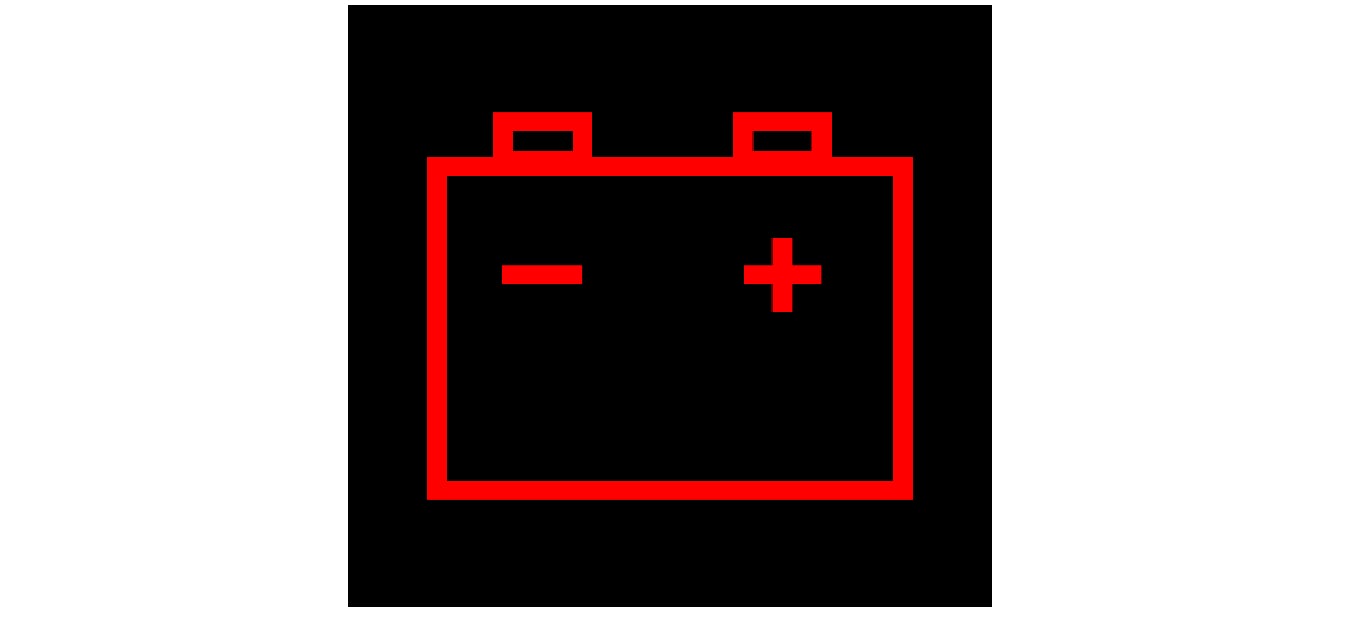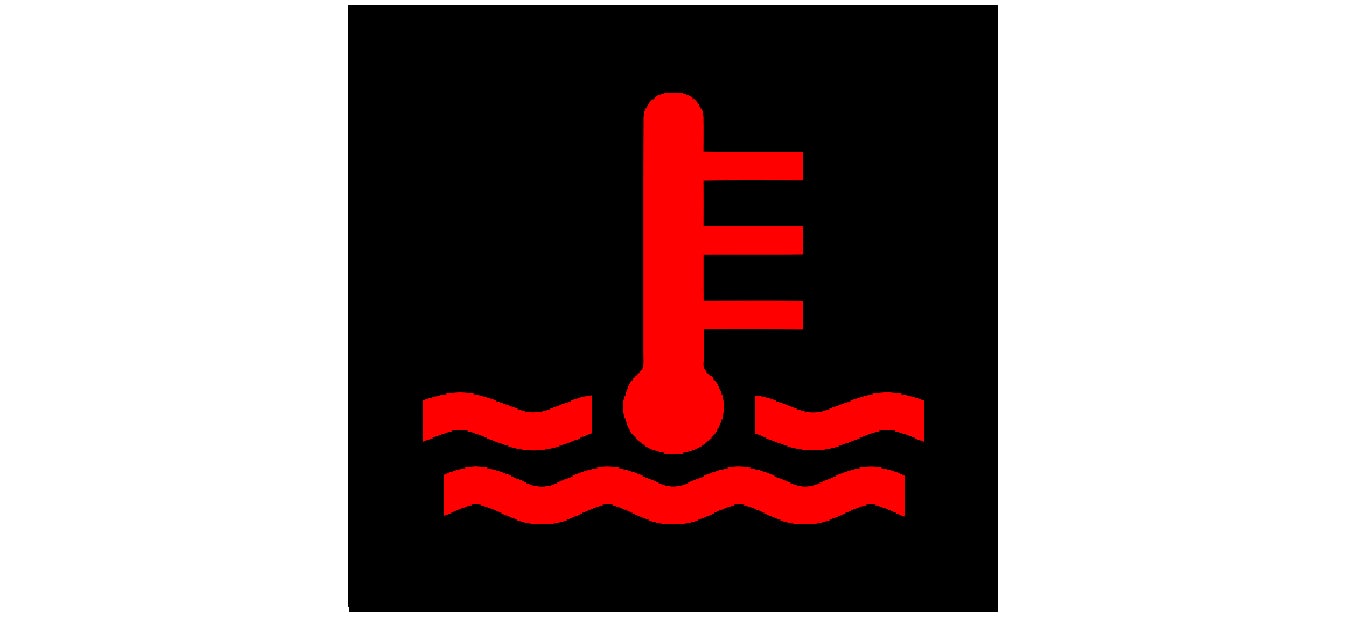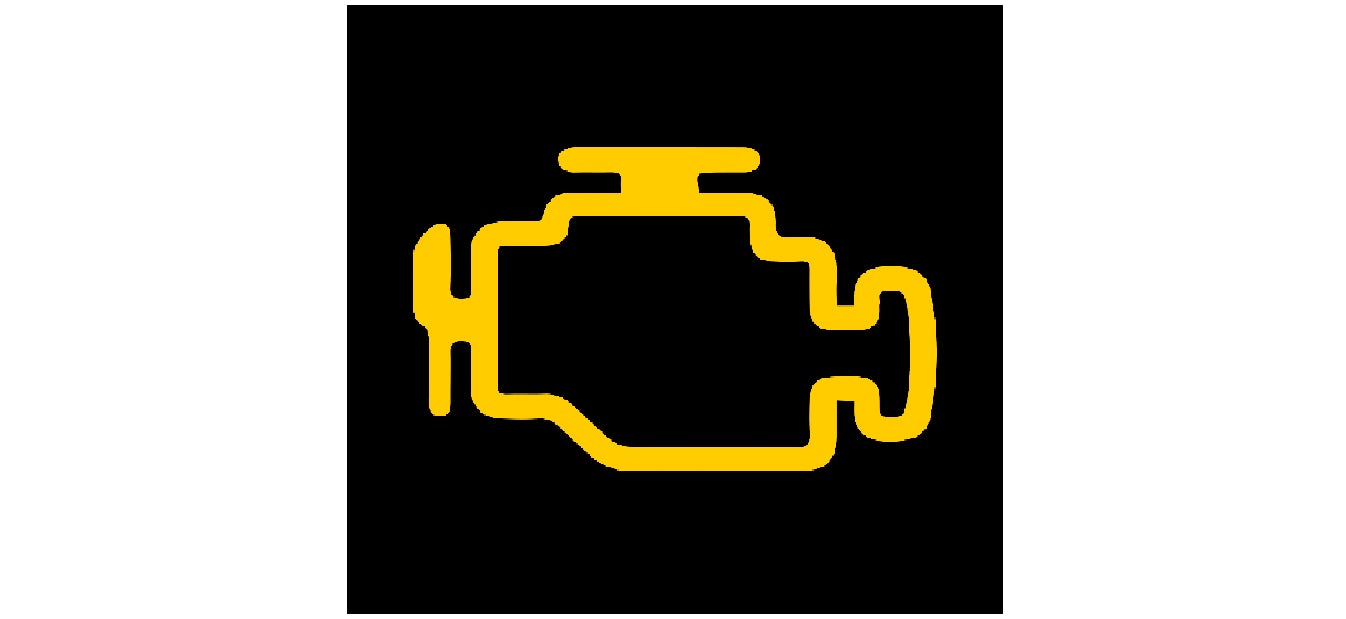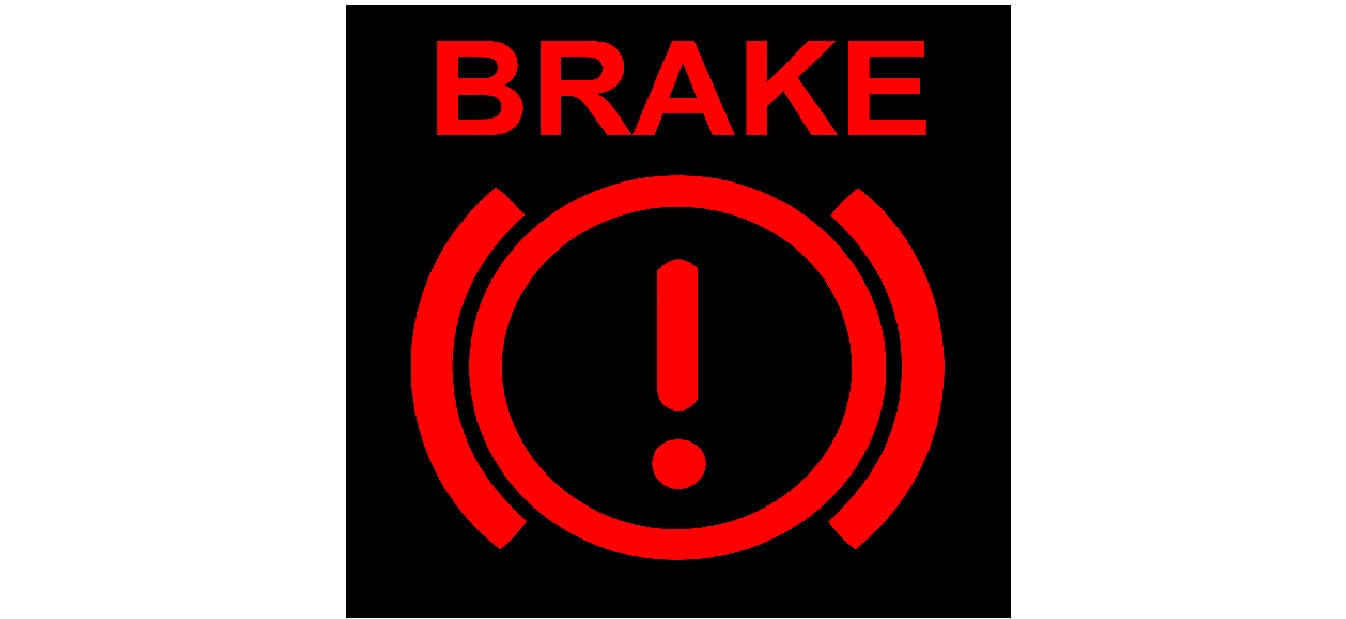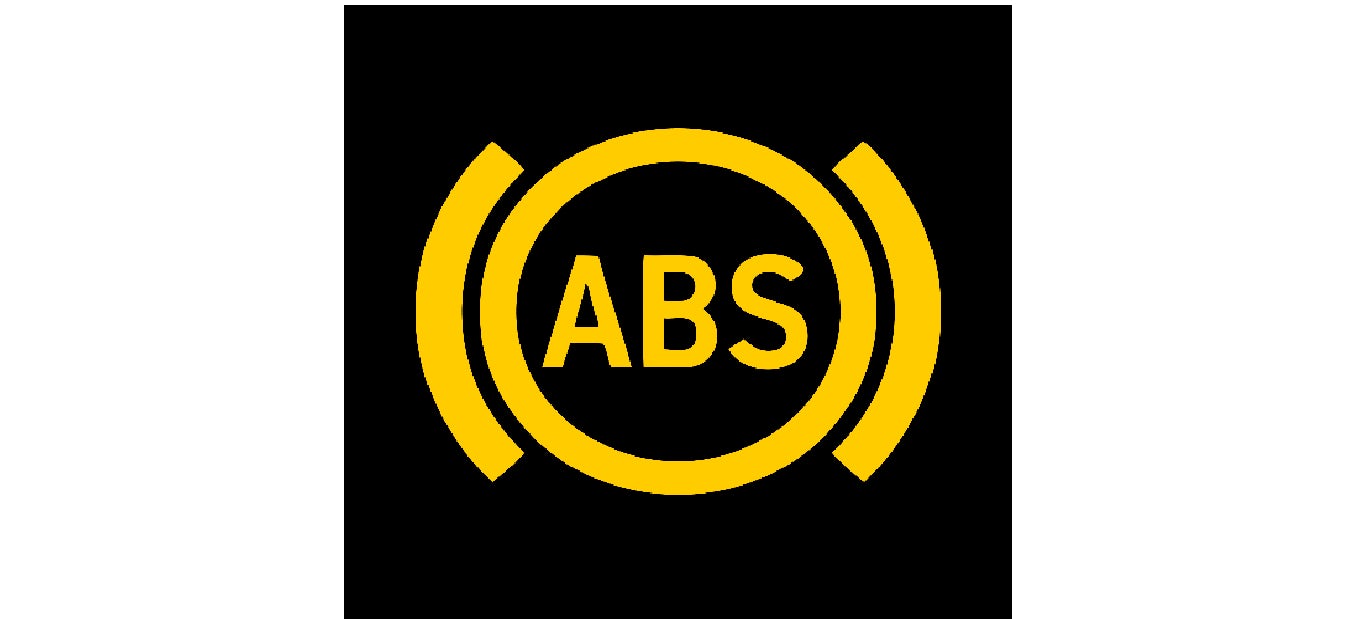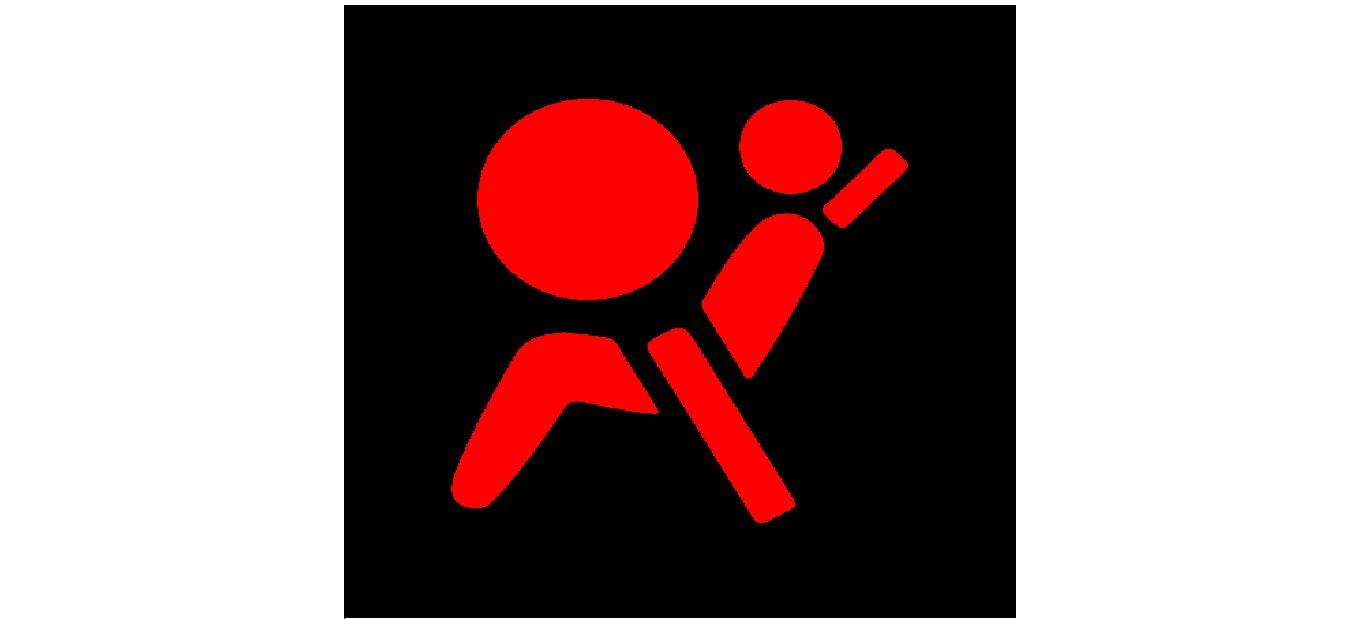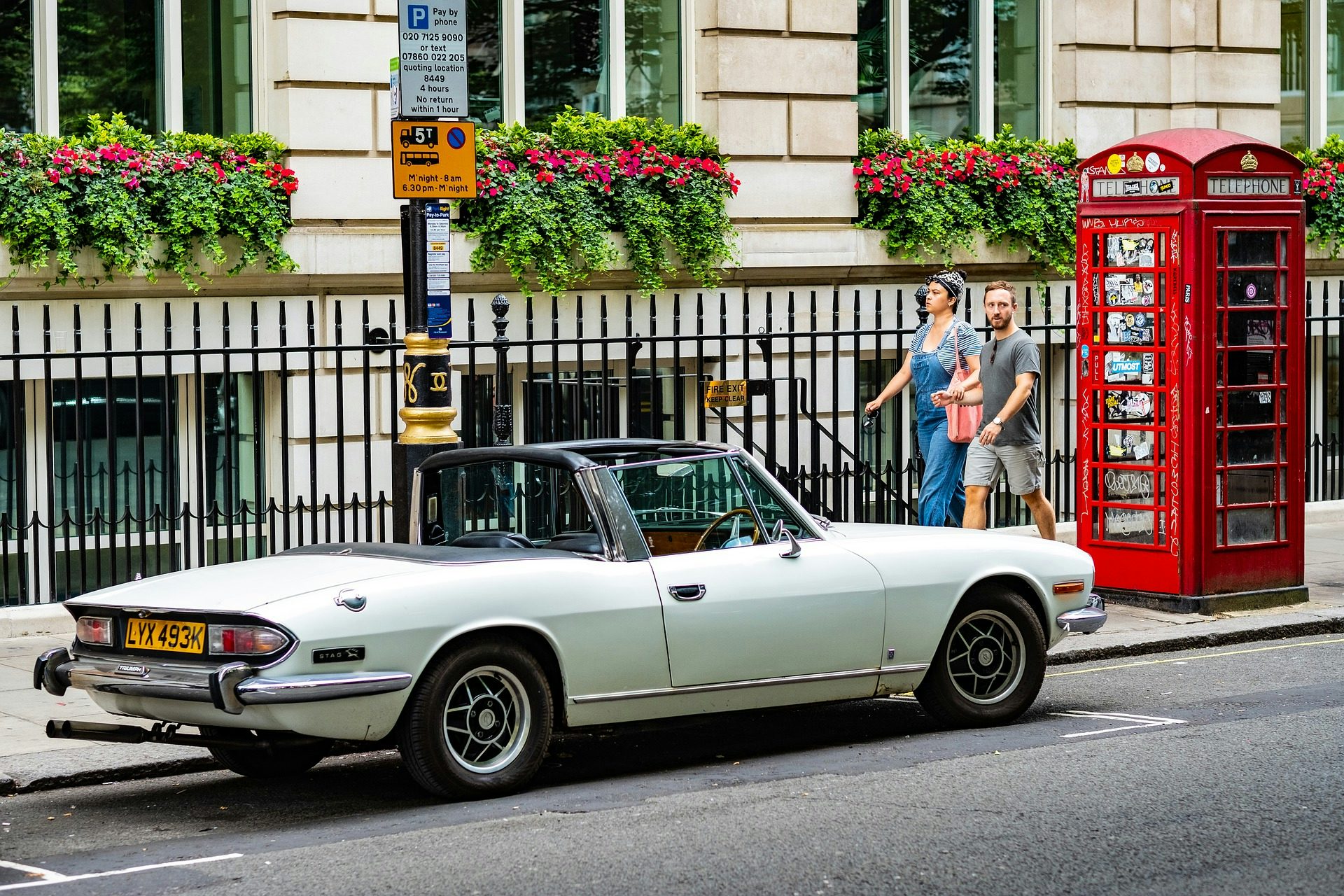
Driving a roadworthy and safe vehicle can help you avoid a crash, or increase your chance of survival if you are involved in one. Ensure that your vehicle is roadworthy before you drive, which means the vehicle meets the standards required by law and is safe to drive.
What should you check before driving?
Check your:
- brakes - the pedal should stay above the floor when you step on it
- lights - with faulty lights, others may not see you or understand your intentions
- tyres - must have an adequate tread depth and air pressure to function correctly.
- windshield and wipers - must be clean and working so you can scan effectively
- seatbelts - make sure that they function properly
Tyres
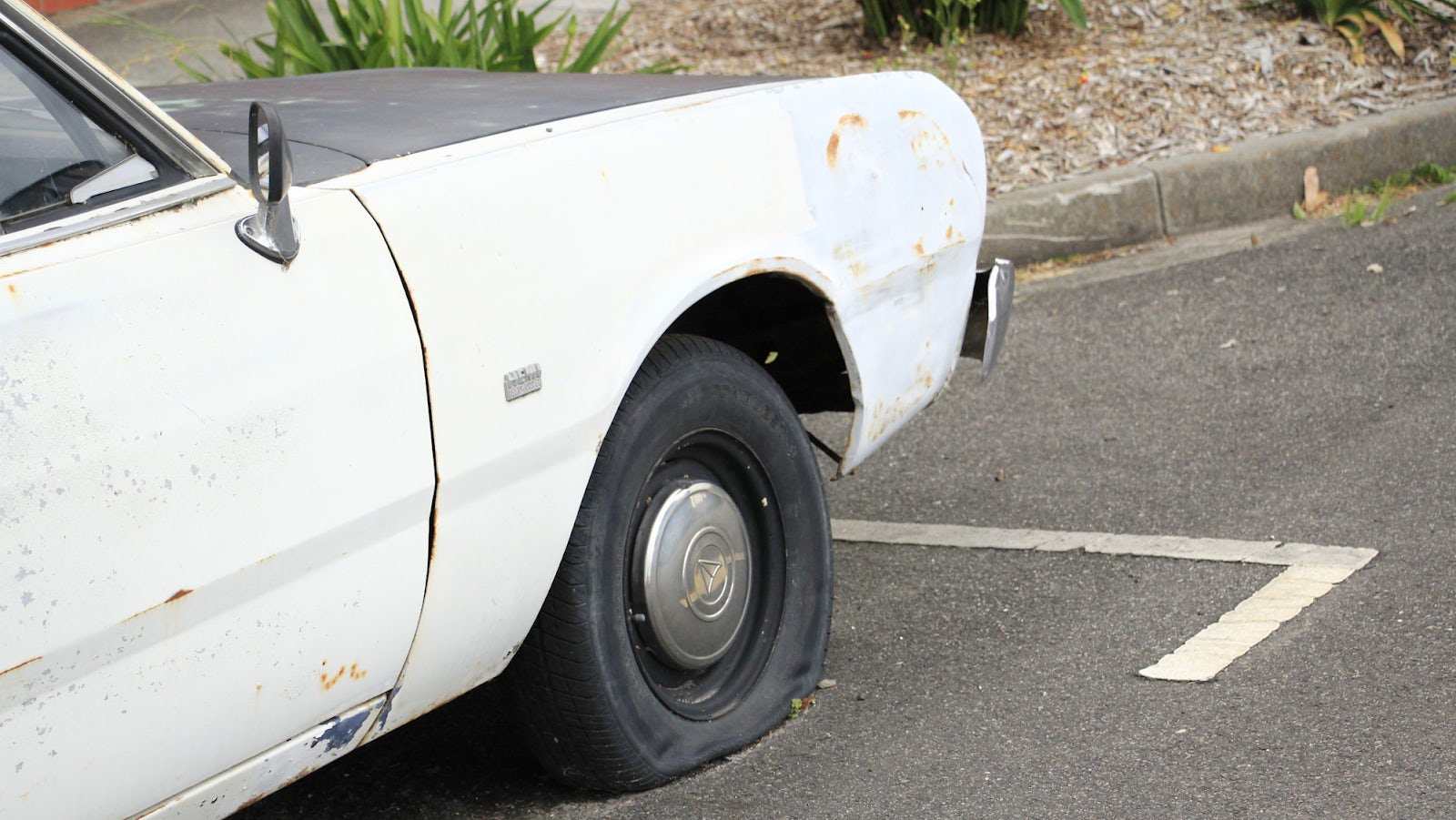
Tyre pressure and tread depth need to be kept at safe levels. Use recommended tyre pressure and make sure you have a tread depth of at least 1.6mm deep.
Smooth tyres can easily lose traction in wet weather. Tyre problem is a frequent cause of defect related crashes.
Adjusting the seat

You should always adjust the driver’s seat to give you a good driving posture. Ensure you can easily reach the controls and have a clear view of the road. Your steering wheel should be adjusted low and face the chest in order for the airbag to fully work. Your head restraint should fit your height.
A good driving posture will improve your car control and allow for safety features to work as intended - e.g. your seatbelt and airbags.
Mirrors
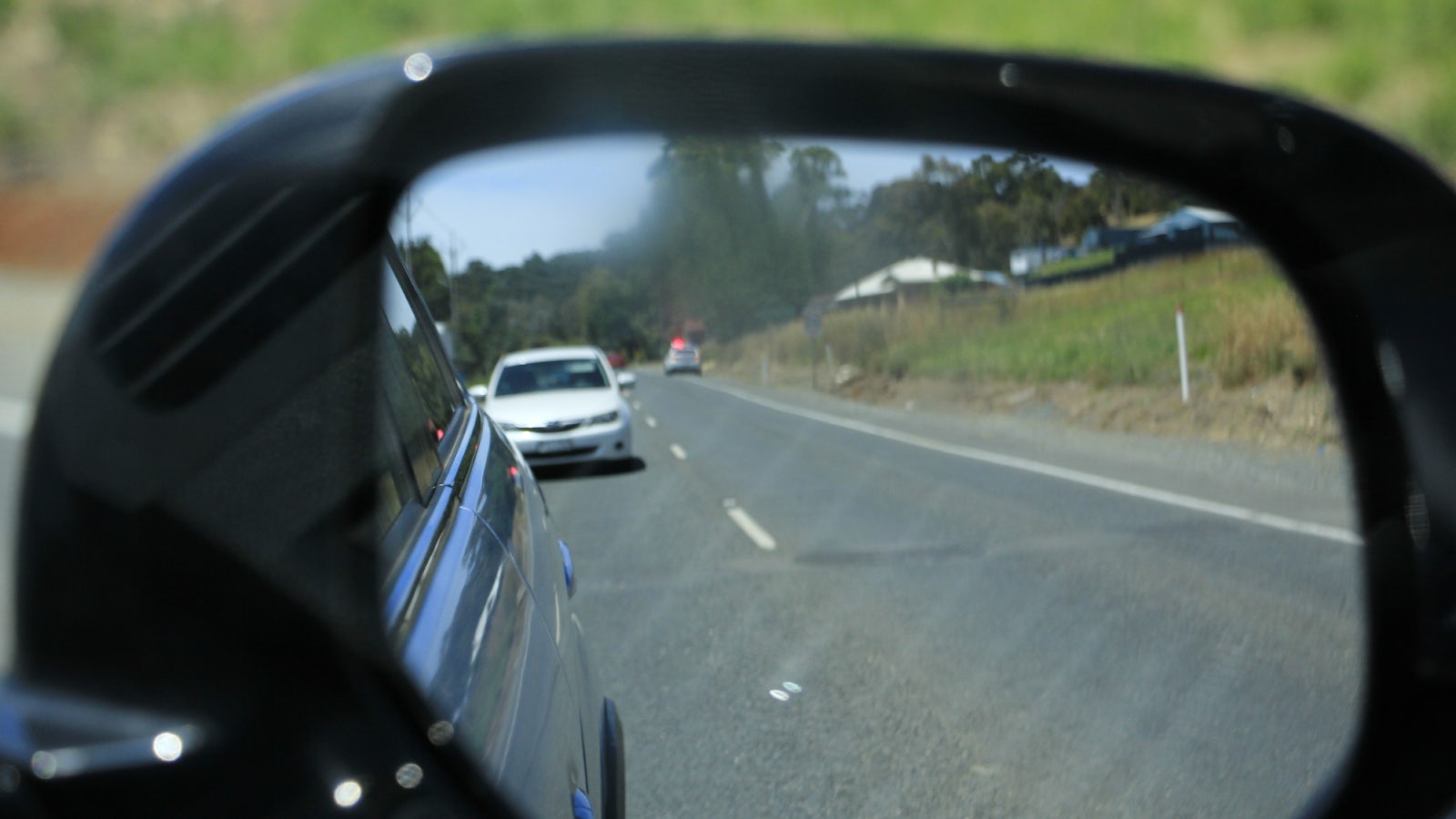
The mirrors should be positioned so you can scan the area around your vehicle without changing your position. Many modern vehicles also have day/night mirrors that are adjustable to reduce the headlight glare from vehicles behind you at night.
Adjusting the rear-view mirror
Adjust the interior mirror to give you a clear view of the road behind. The rear-view mirror should be adjusted to complement the side-mirrors to give you the best possible view of the areas surrounding your car while minimising the blind spots.
Adjusting your side mirrors (setting A/B)
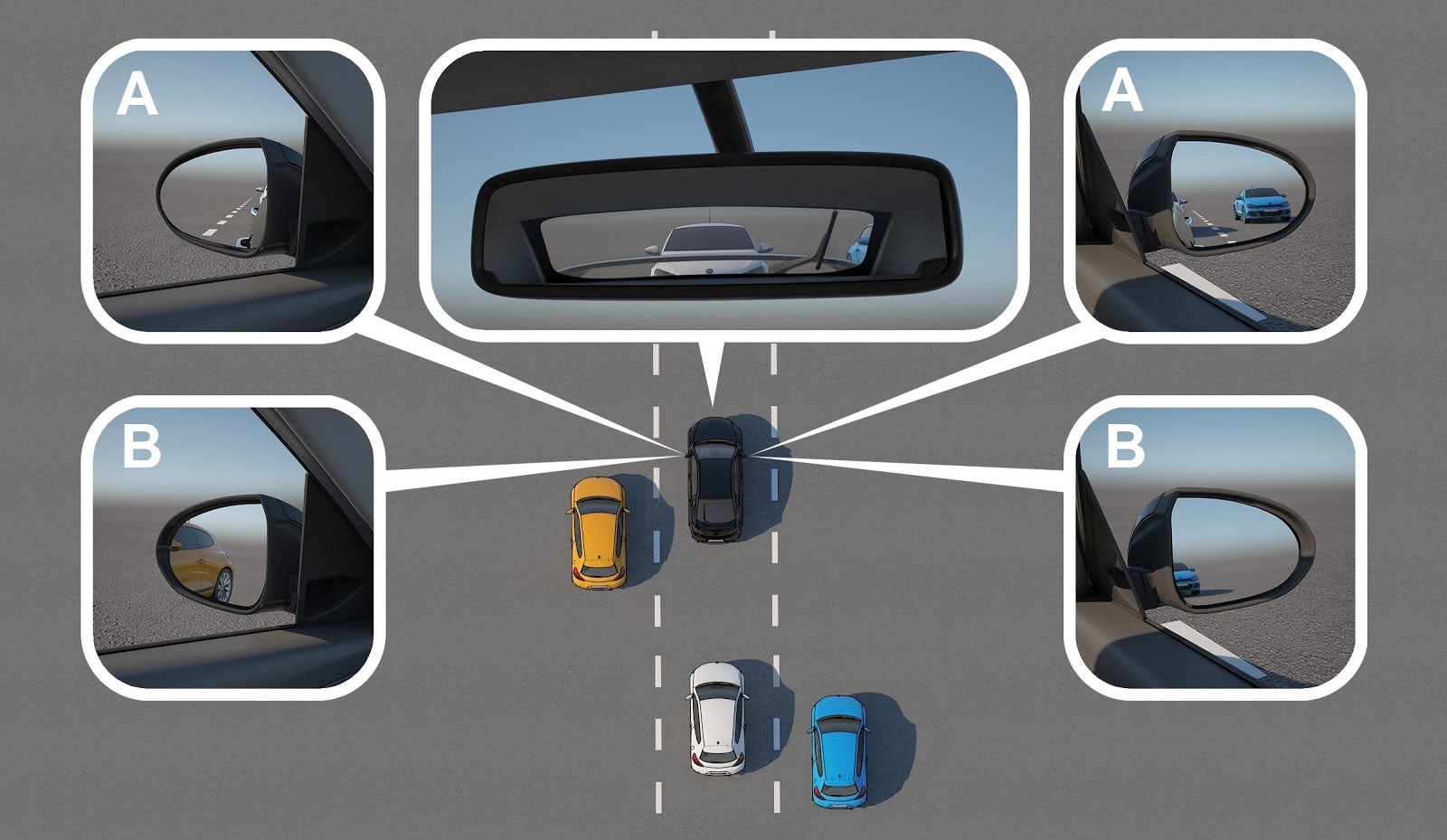
Setting A - the standard way to adjust your mirrors.
Most drivers use and are more comfortable using this setting. It’s also recommended by most driving schools.
When adjusted correctly, you should see the tip of the door handle in the lower inner corner of the mirror.
Setting B - recommended by Society of Automotive Engineers (SAE)
This setting aims to reduce blind spots and make it easier to change lanes quickly. When using this setting, adjust the mirrors so far outward that the viewing angle of the side mirrors just overlap that of the rear-view mirror. However, many drivers find this setting disorienting.
When correctly positioned, you should see the front bumper of a passing vehicle in the side mirror as the vehicle disappears from your rear-view mirror.
Electronic driver assist systems
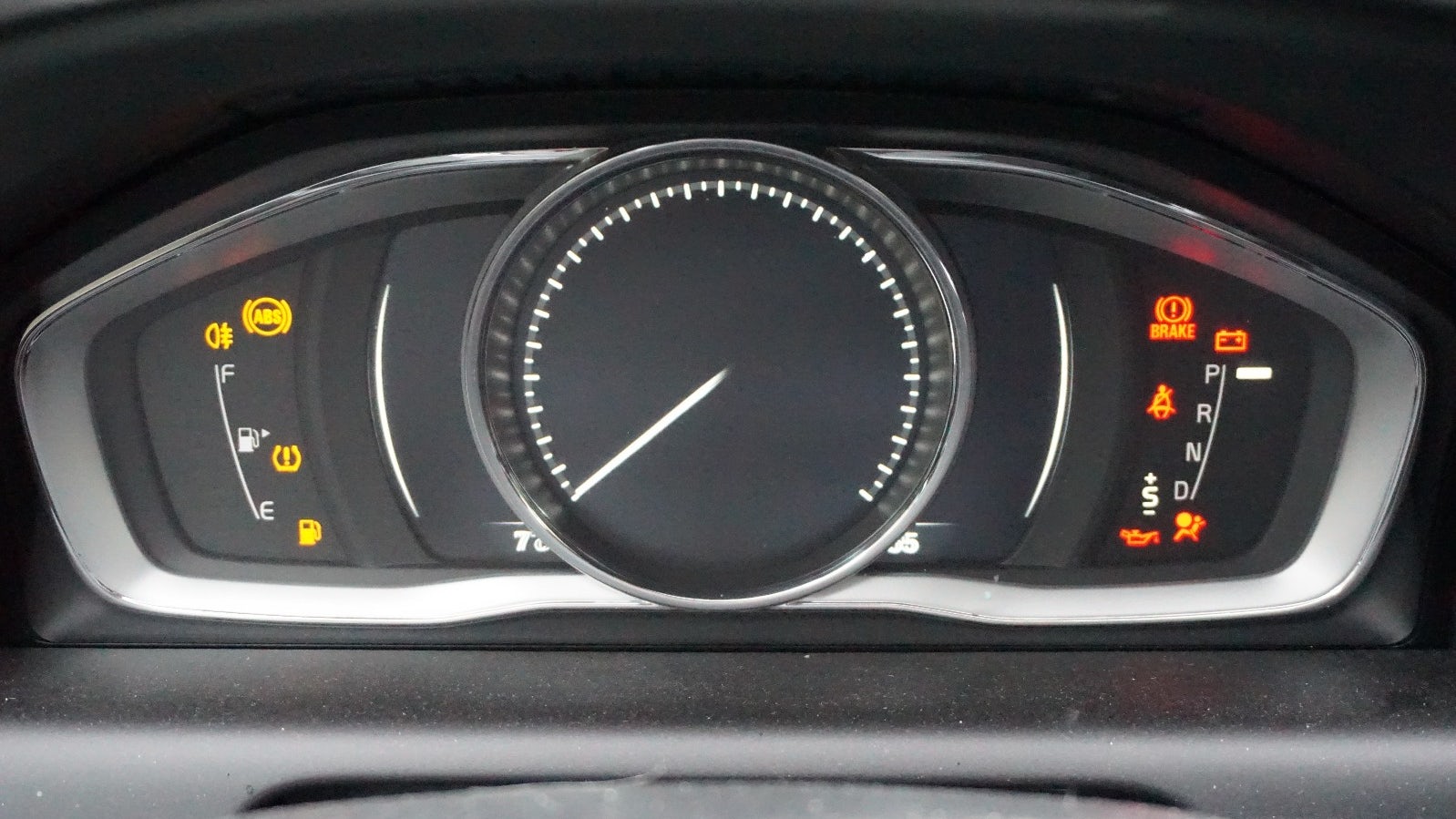
These systems can assist the driver but are not able to on their own prevent a crash or the loss of control of the vehicle.
Anti-locking Braking Systems (ABS)
ABS help control the braking force to prevent skidding in poor/slippery conditions and under heavy braking. You can feel a pulse/shudder on the brake pedal when the ABS is activated. Maintain braking power if a quick stop is needed.
Emergency Brake Assist (EBA)
The EBA provides emergency braking assistance by automatically increasing the brake force to minimise the stopping distance. It does this by automatically detecting emergency brake applications, and is sometimes referred to as the ‘Brake Assist System’ (BAS).
Electronic Stability Control (ESC)
ESC helps to prevent skidding and running of the road by applying brakes to individual wheels when detecting instability and over-steering. ESC is particularly helpful in maintaining control of your vehicle on unsealed, wet and icy roads.
Traction Control Systems (TCS)
TCS can stop the wheels from spinning when losing traction by temporarily applying the brakes or reducing engine power to allow for a smooth acceleration (even on wet and slippery surfaces).
Dashboard Lights
When something is wrong with your vehicle, a light get's activated on your dashboard to help you pinpoint the problem. Don't ignore them - some of these lights could indicate a serious malfunction in the vehicle's system.
Some common dashboard lights
